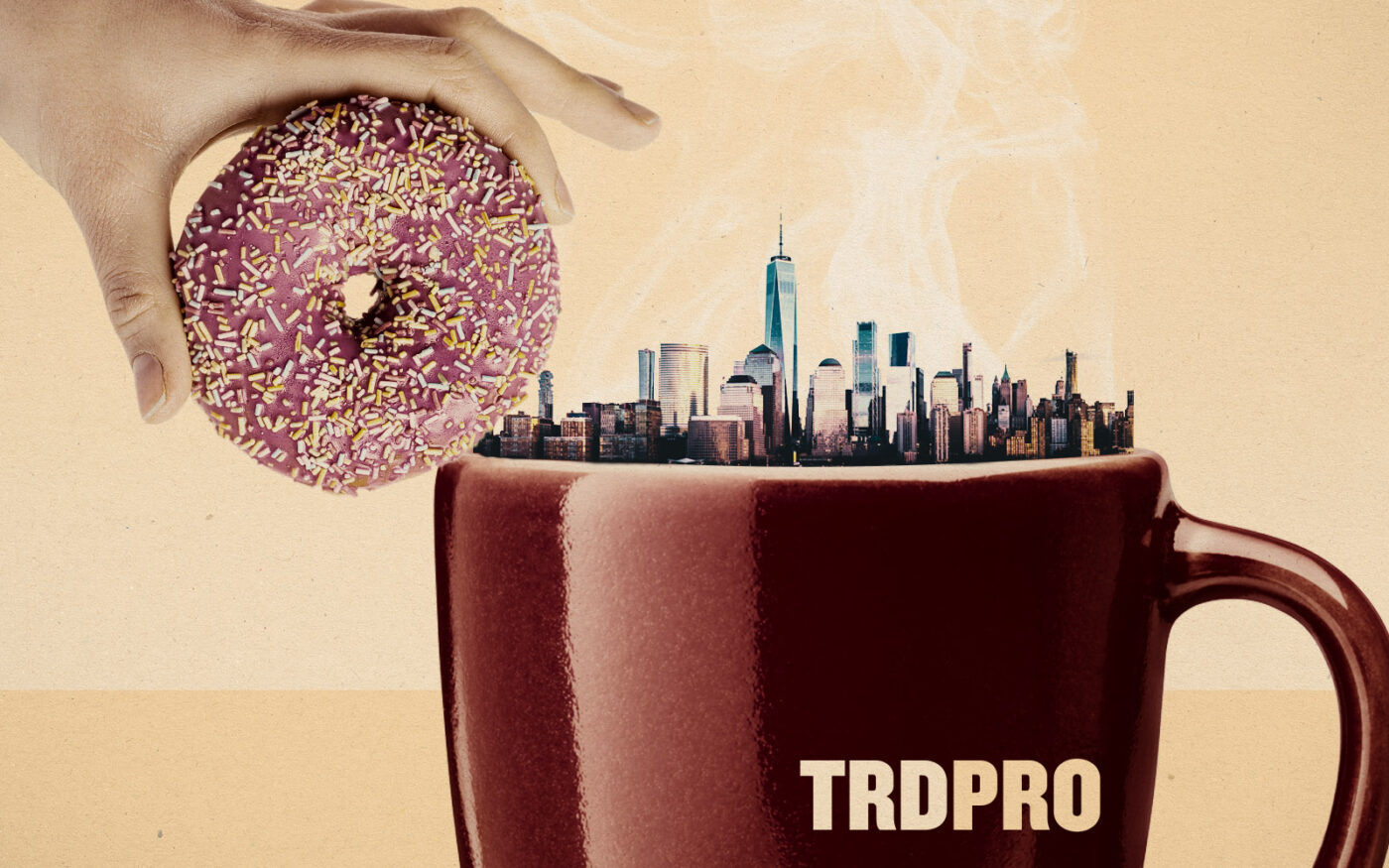Trending
Coffee, fast food, cellphones, drugs power NYC’s main chains
Cafes and restaurants dominate ranking of city’s top retail tenants

New York City commercial real estate still runs on Dunkin’.
The donut and coffee chain last year led the city in ubiquity again with 620 storefronts — five more than the previous year, according to the Center for an Urban Future, but down from a pre-pandemic peak of 636 locations.
Rival caffeine vendor Starbucks has just over half that many shops in New York City, with 316.
The Seattle-based coffee chain took the No. 2 spot last year from perennial runner-up Metro by T-Mobile as the cellular provider continued to shrink its footprint in the city, having shuttered 173 locations since 2019.
Verizon has taken advantage of the Metro pullback, expanding from just 27 storefronts in 2019 to 97 last year — the biggest pandemic-era expansion among the city’s 20 largest retail chains.
Duane Reade shed the most locations last year — 22, or nearly 9 percent of its 2021 store count — and now has 90 fewer locations than it did in 2019. Rival drugstore CVS’s tally fell by just one in 2022, and it is one of only six retailers among the city’s top 20 to have more locations open now than in 2019. That said, the homegrown Duane Reade still has about 23 percent more storefronts in the city than CVS.
Fast food chains Taco Bell and Chipotle expanded the most in 2022, by more than 10 percent each, gaining seven and 10 storefronts, respectively. Those two chain restaurants, along with Popeye’s, also had some of the biggest pandemic-era expansions since 2019, adding 35, 26 and 32 storefronts, respectively.
Subway, which had grown by 12 sandwich shops in 2021, went on a diet in 2022, losing 15 locations across the city. It was the only one of the city’s biggest fast-food outlets to cut its footprint. Subway now has 254 locations in the city — 33 fewer than in 2019, but still 63 more storefronts than the city’s No. 2 fast-food joint, McDonald’s.
This is one of the hundreds of data sets available on TRD Pro — the one-stop real estate terminal for all the data and market information you need.




